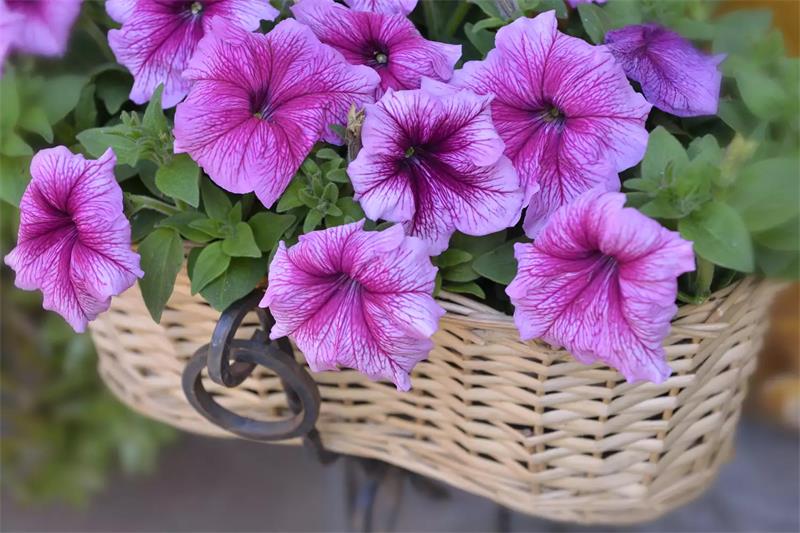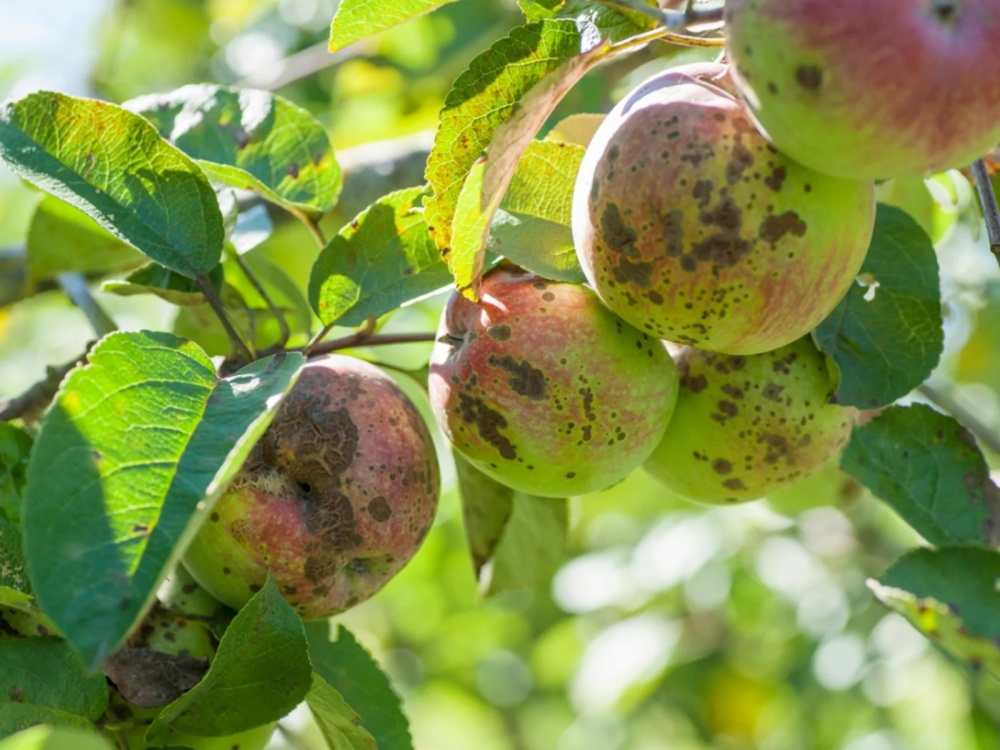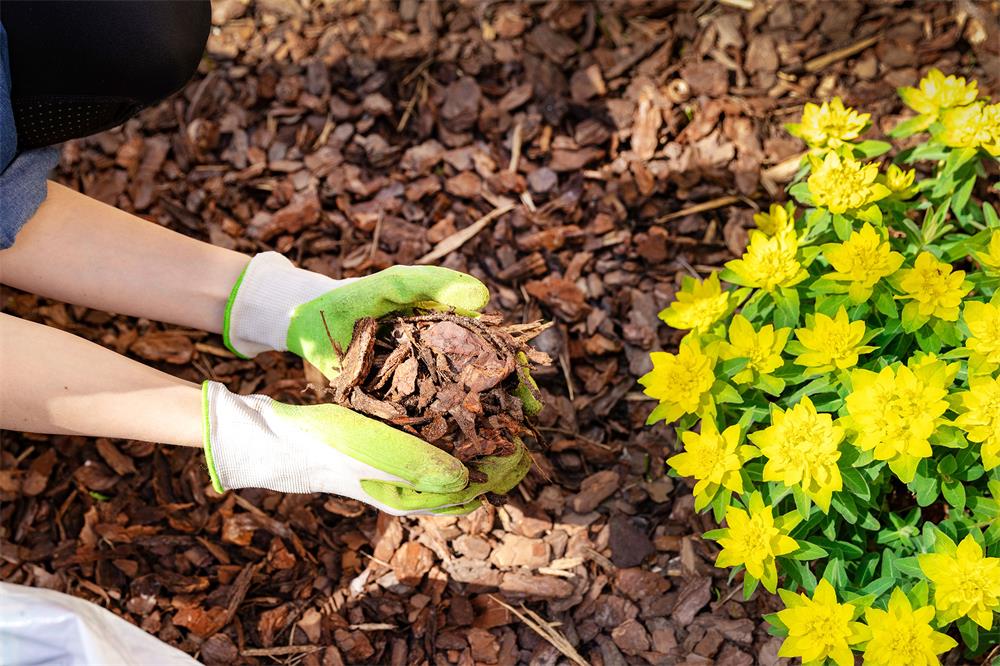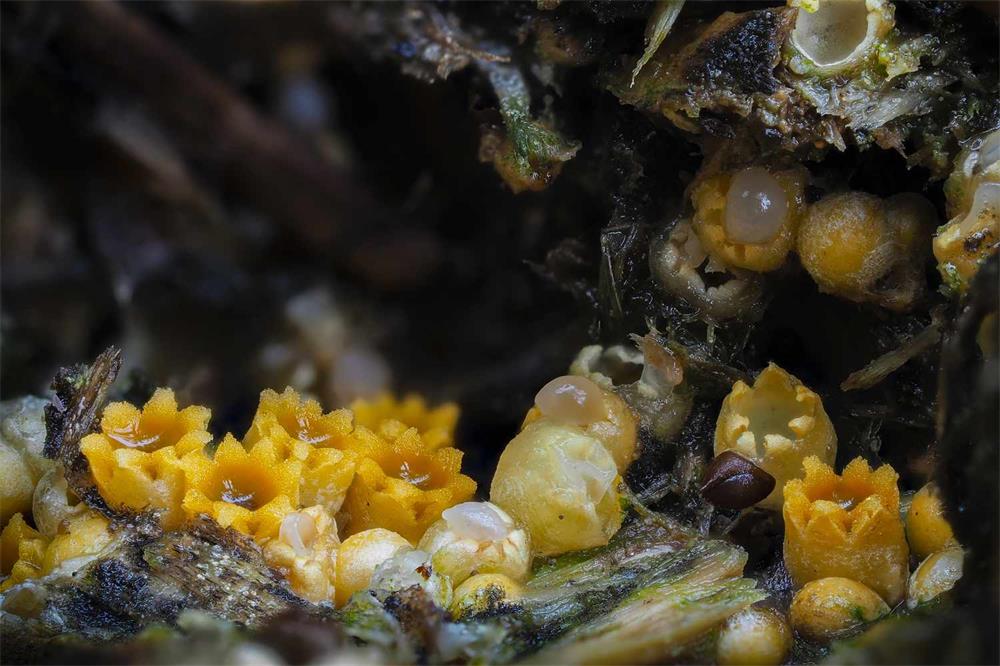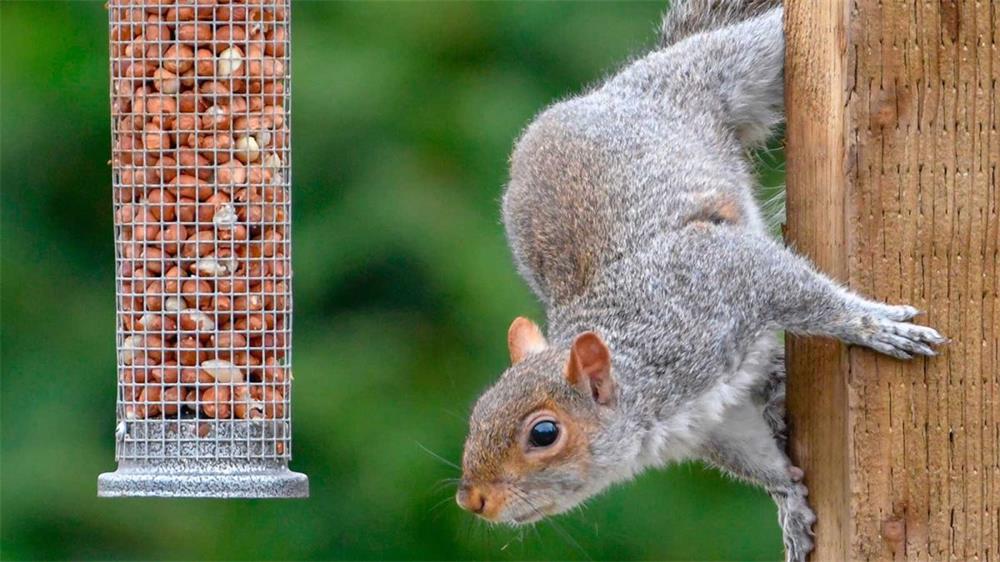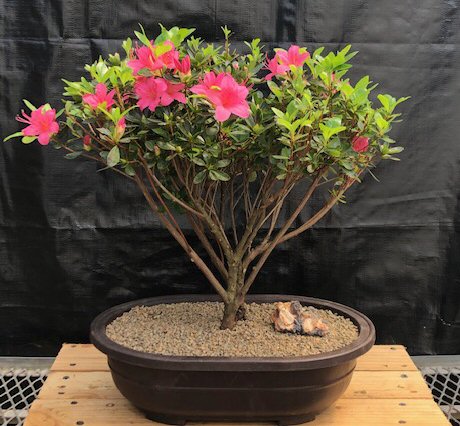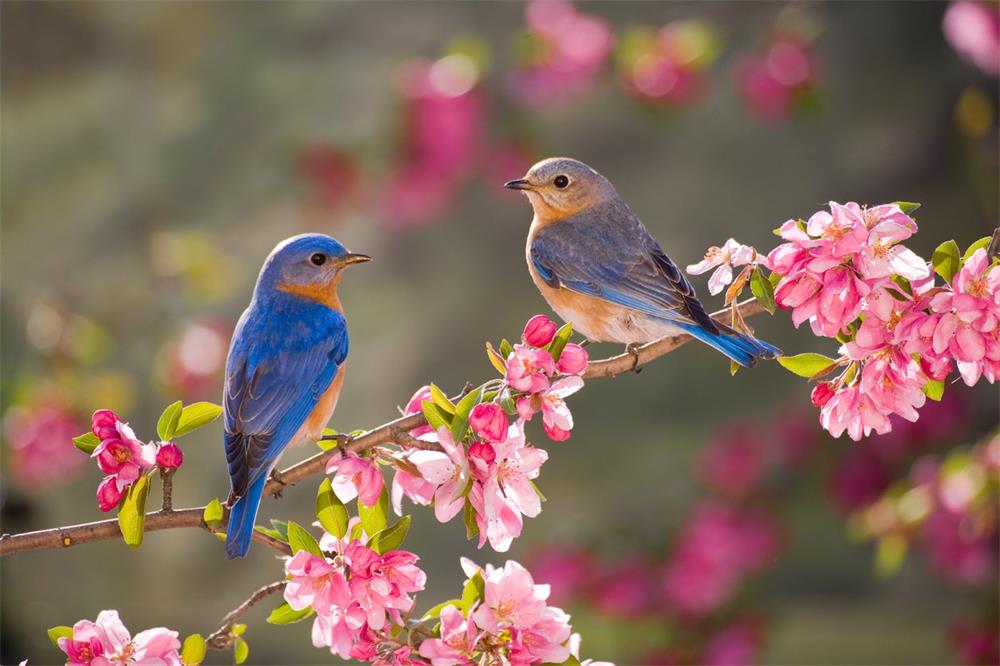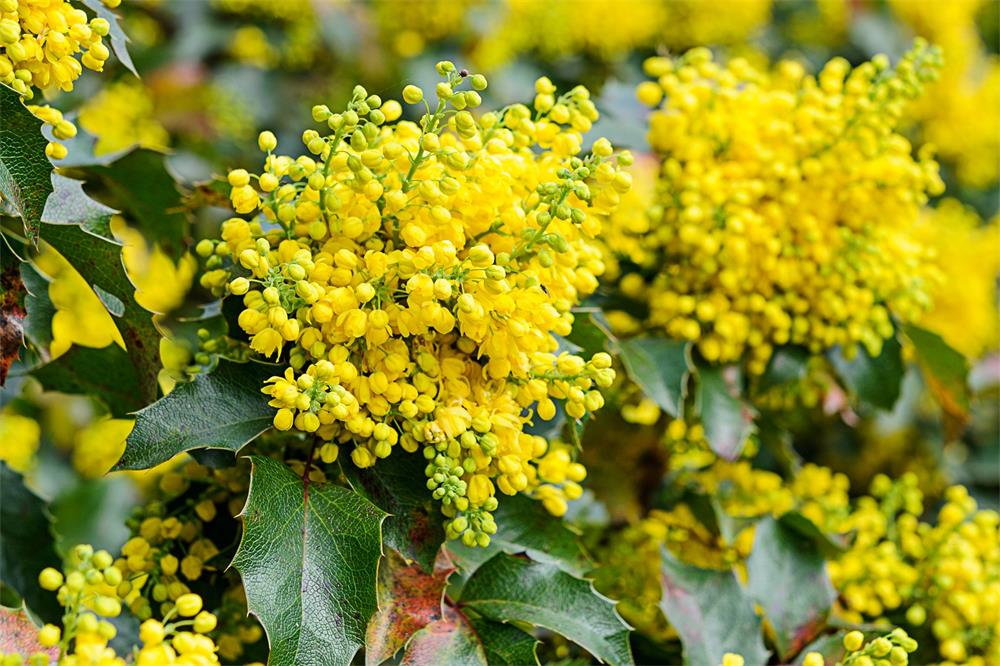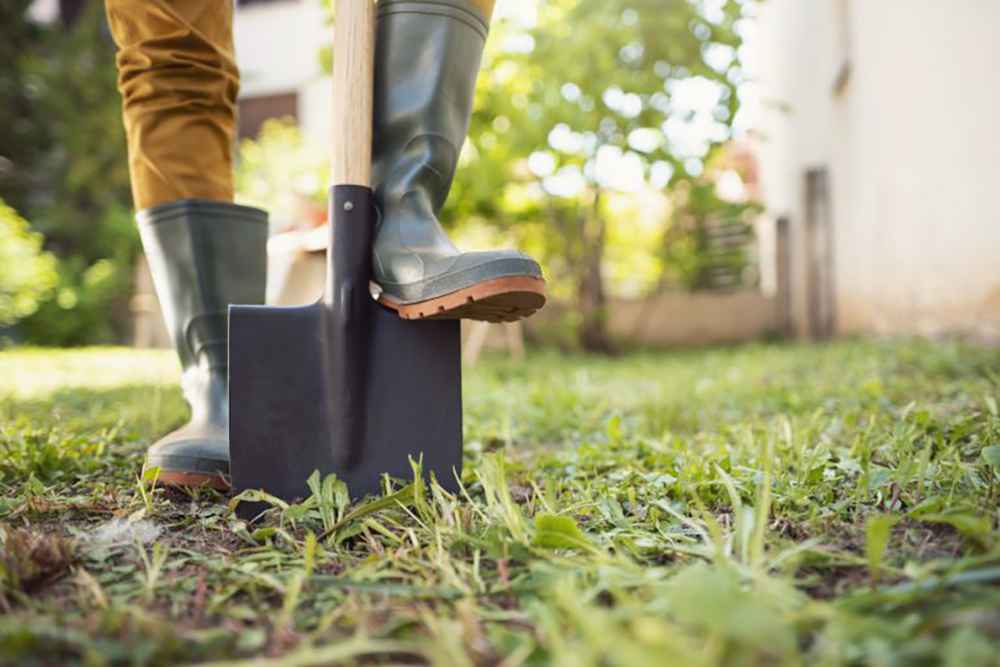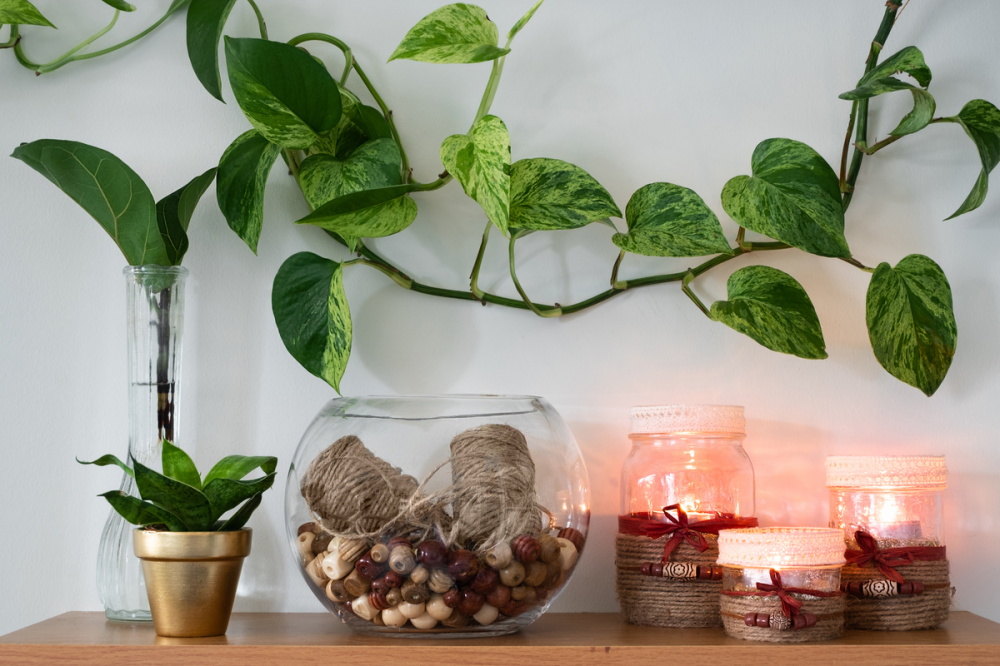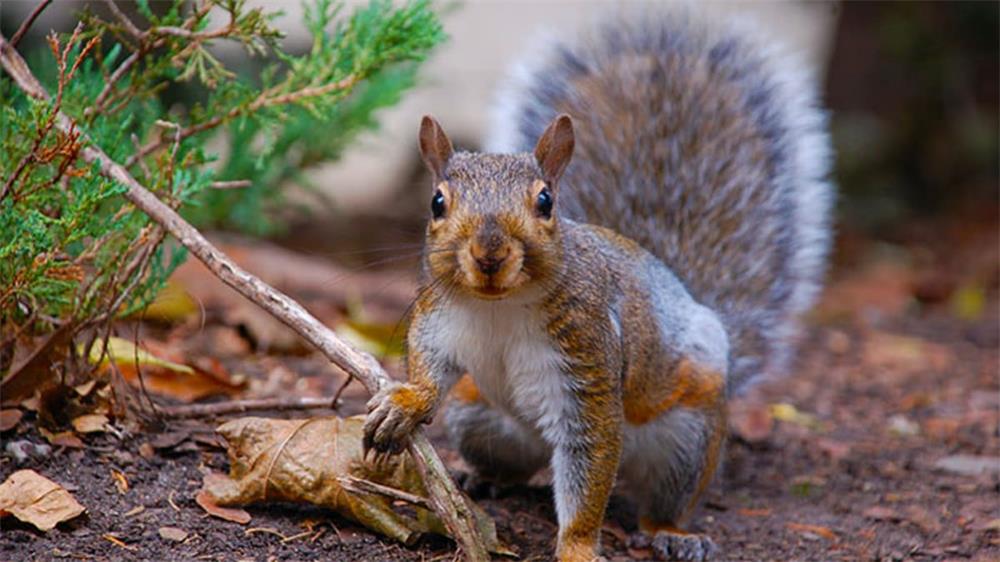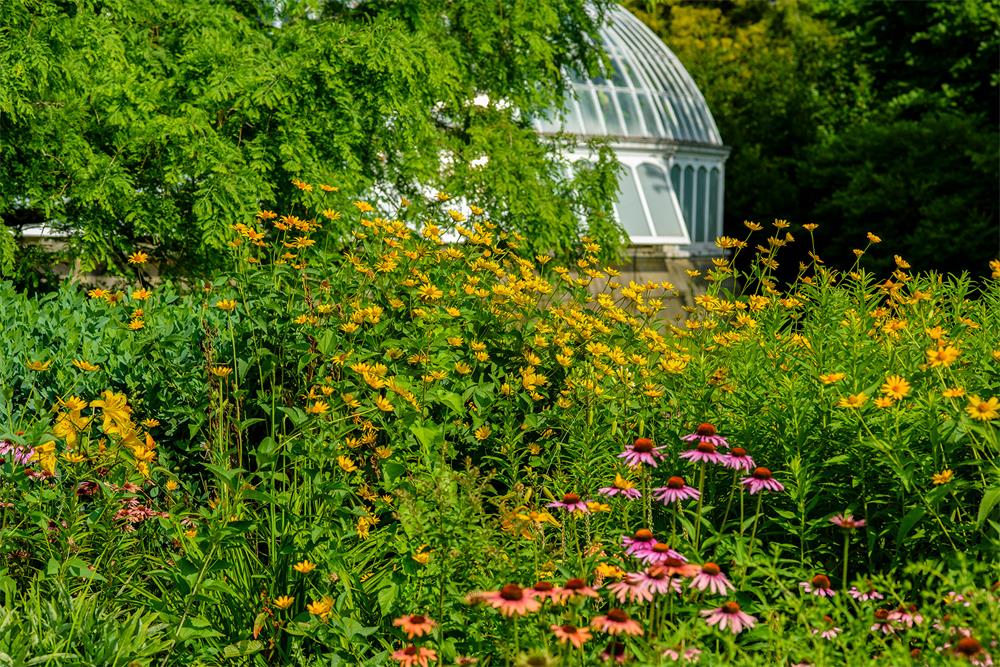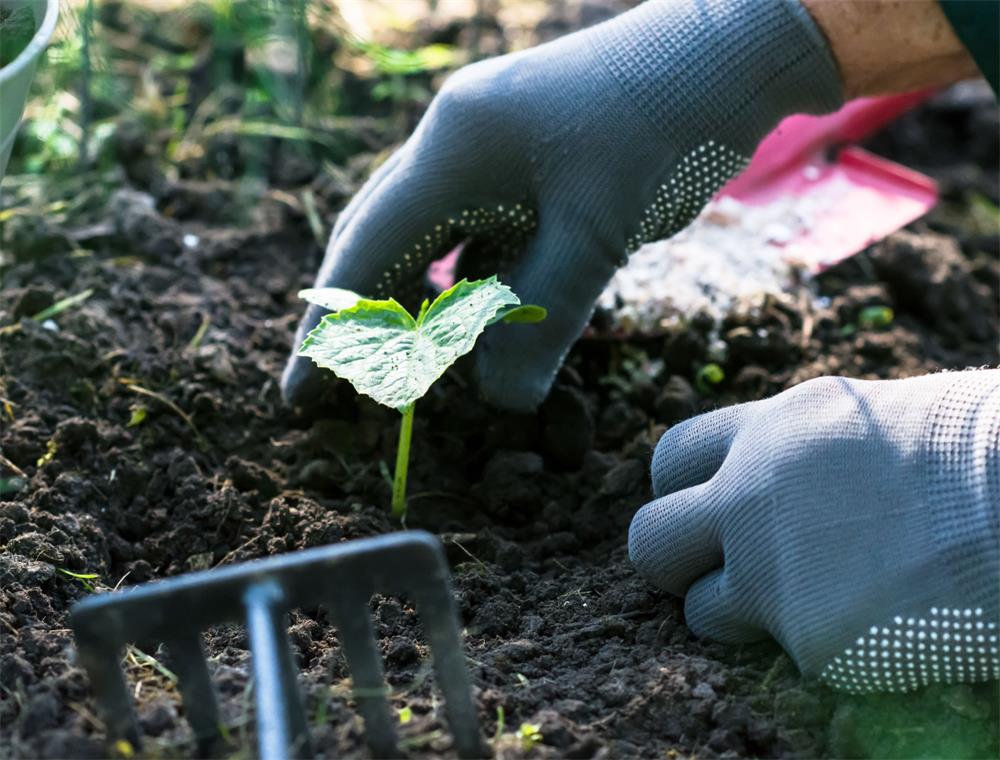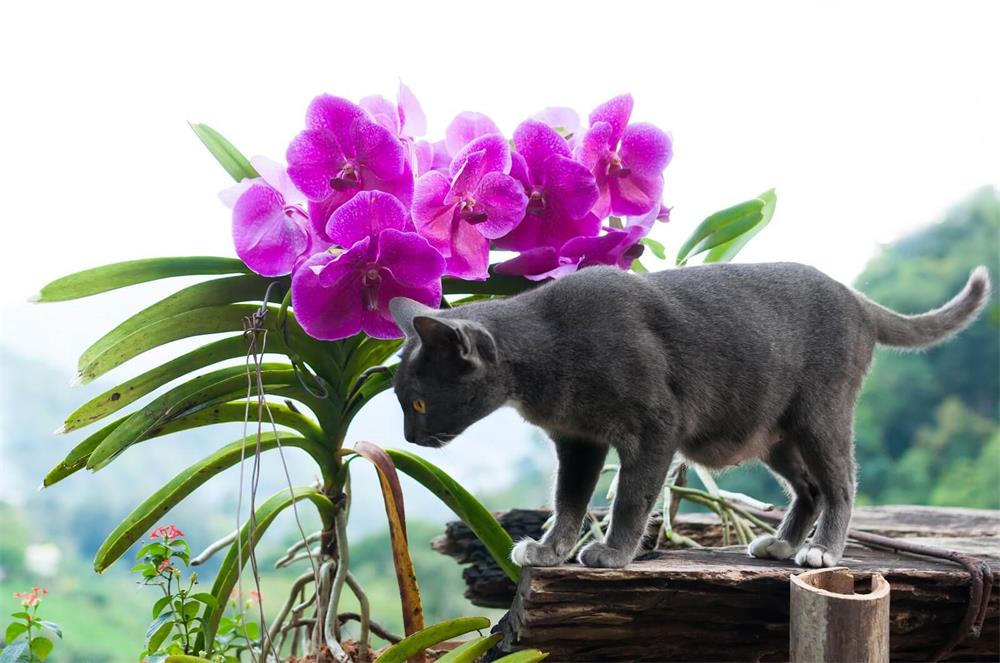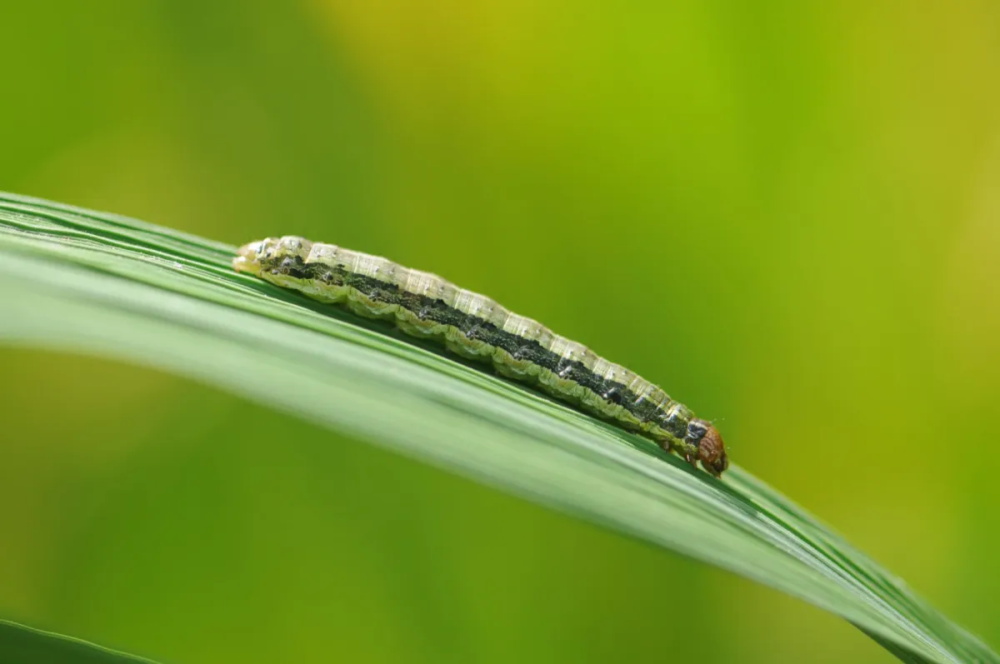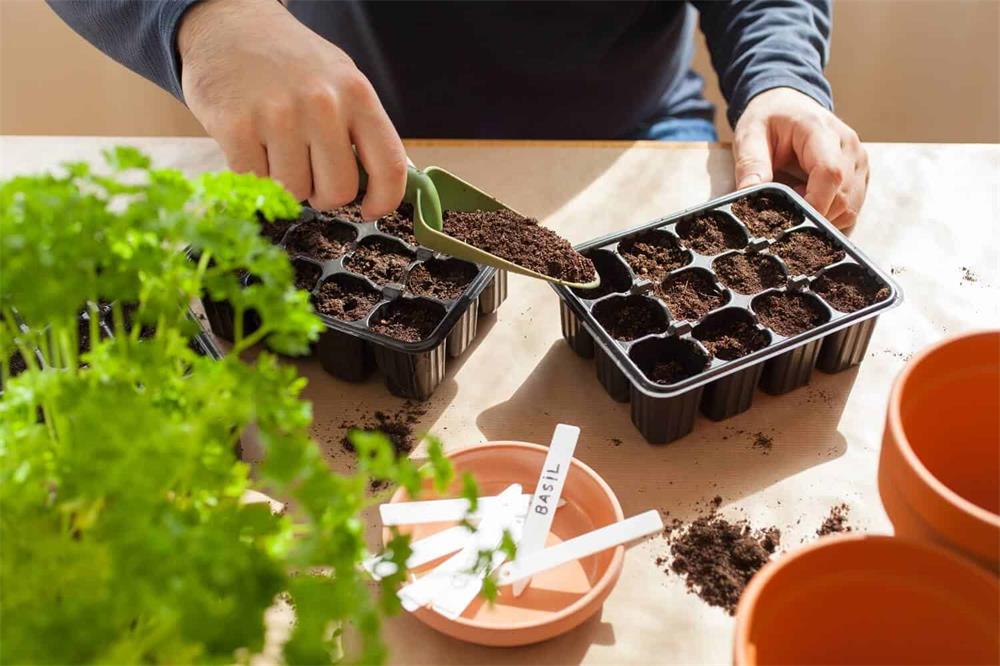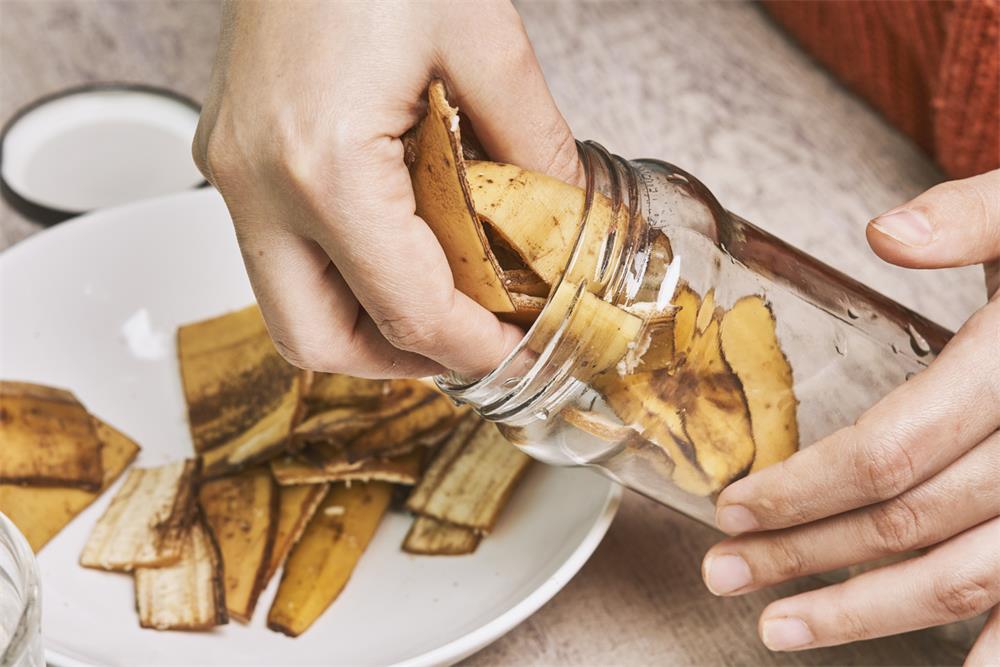
Table of Contents
Banana water is a homemade liquid fertilizer that is made by soaking or boiling banana peels in water. It is claimed to be a natural and inexpensive way to provide your plants with potassium and other nutrients that can boost their growth, health and resistance to stress. In this article, you will learn how to make banana water for plants, how to use it and what are its benefits and drawbacks.
How to Make Banana Water for Plants
There are two main methods to make banana water for plants: soaking and boiling. Both methods require some preparation and patience, but they are easy and simple to follow.
Soaking Method
The soaking method involves keeping banana peels in water for a few weeks until the water turns dark and the peels decompose. Here are the steps to make banana water by soaking:
- Save your banana peels after you eat a banana. You can use fresh or frozen peels, but avoid using peels that are moldy or rotten.
- Fill a glass jar or a plastic bucket with water. Leave some space at the top for the peels.
- Add the banana peels to the water. You can chop them up or blend them in a blender to release more nutrients into the water. You can also add other organic materials such as coffee grounds or eggshells to enrich the fertilizer.
- Cover the container with a lid or a cloth to prevent mold and insects from getting in. Place the container in a cool, dark place such as a basement or a garage.
- Let the banana water steep for two to three weeks. Stir the mixture occasionally to speed up the decomposition process.
- Strain the liquid from the peels and discard the solids. Your banana water is ready to use.
Boiling Method
The boiling method involves cooking the banana peels in water for about half an hour to extract more nutrients from them. Here are the steps to make banana water by boiling:
- Save your banana peels as in the soaking method.
- Fill a large pot with water and bring it to a boil.
- Add the banana peels to the boiling water. You can chop them up or blend them as in the soaking method. You can also add other organic materials if you wish.
- Reduce the heat and simmer the mixture for 30 to 45 minutes.
- Turn off the heat and let the mixture cool down completely.
- Strain the liquid from the peels and discard the solids. Your banana water is ready to use.
How to Use Banana Water for Plants
Banana water can be used as a fertilizer for both indoor and outdoor plants. However, it is important to dilute it before applying it to avoid burning your plants with too much potassium or salt. A general rule of thumb is to use one part of banana water to five parts of regular water.
You can apply banana water to your plants once every two weeks during their active growing season. You can either pour it around the base of your plants or spray it on their leaves as a foliar feed.
Banana water can be stored in an airtight container in a cool, dark place for up to six months. However, it is best to use it as soon as possible after making it.
Benefits of Banana Water for Plants
Banana water is said to have several benefits for plants, such as:
- Providing potassium, which is an essential macronutrient that helps plants grow faster, stronger and healthier. Potassium also helps plants cope with drought, pests and diseases better.
- Providing calcium, magnesium, manganese and other micronutrients that are also important for plant growth and development.
- Being natural, organic and eco-friendly, unlike synthetic fertilizers that can harm your plants, soil and environment.
- Being cheap, easy and fun to make at home with readily available ingredients.
Drawbacks of Banana Water for Plants
Banana water also has some drawbacks that you should be aware of, such as:
- Lacking scientific evidence to prove its effectiveness as a fertilizer. There is no guarantee that banana water actually contains enough potassium or other nutrients to make a difference for your plants.
- Having a strong smell that may attract pests or animals to your garden. You may need to add some vinegar or lemon juice to mask the odor of banana water.
- Being potentially harmful if used undiluted or too frequently. Too much potassium or salt can burn your plants or cause nutrient imbalances in your soil.
- Being incomplete as a fertilizer, banana water does not provide all the essential nutrients that your plants need, such as nitrogen, phosphorus and sulfur. These nutrients are important for plant growth, flowering and fruiting. Therefore, you should not rely on banana water alone as your main source of fertilizer, but rather use it as a supplement to other organic fertilizers or compost that can provide a balanced and complete nutrition for your plants.
Conclusion
Banana water is a homemade liquid fertilizer that can provide your plants with potassium and other nutrients. It is easy to make by soaking or boiling banana peels in water for a few weeks. However, banana water is not a miracle solution for your plants. It may not have enough nutrients to make a significant difference for your plants, and it may have some drawbacks such as smell, pests and nutrient imbalances. Therefore, it is advisable to use banana water with caution and moderation, and to supplement it with other organic fertilizers or compost to ensure your plants get all the nutrients they need. Banana water can be a fun and eco-friendly way to use up your banana peels, but it is not a substitute for proper plant care.



